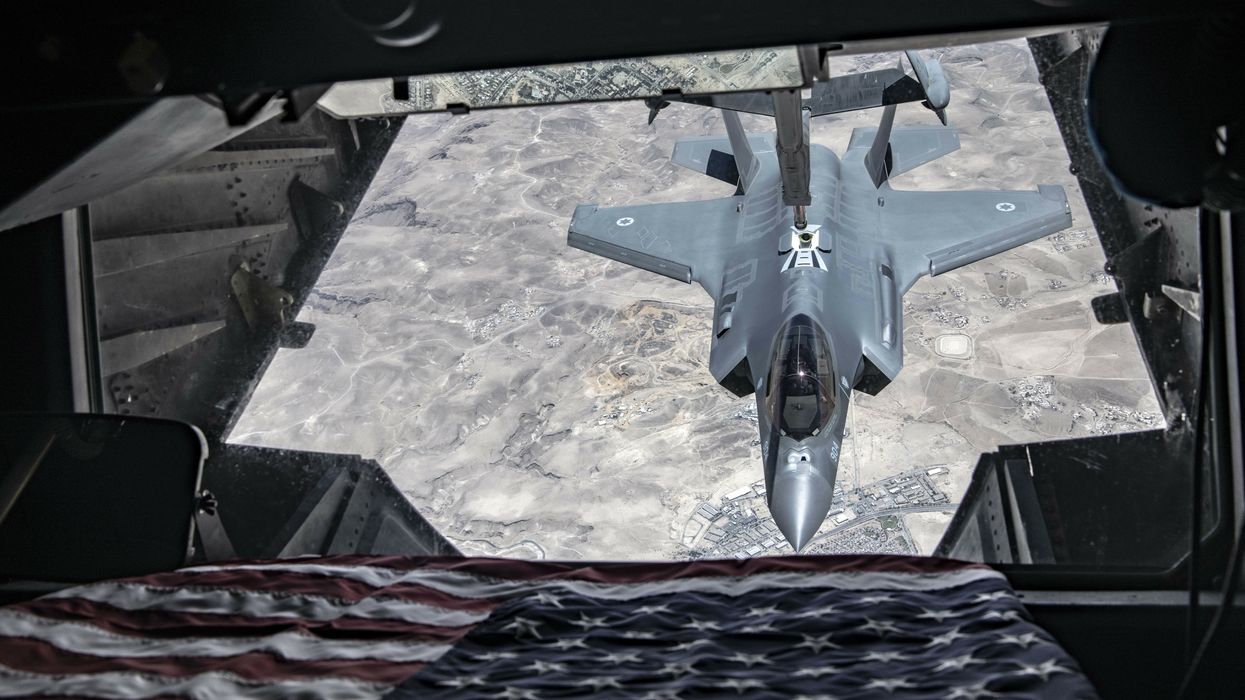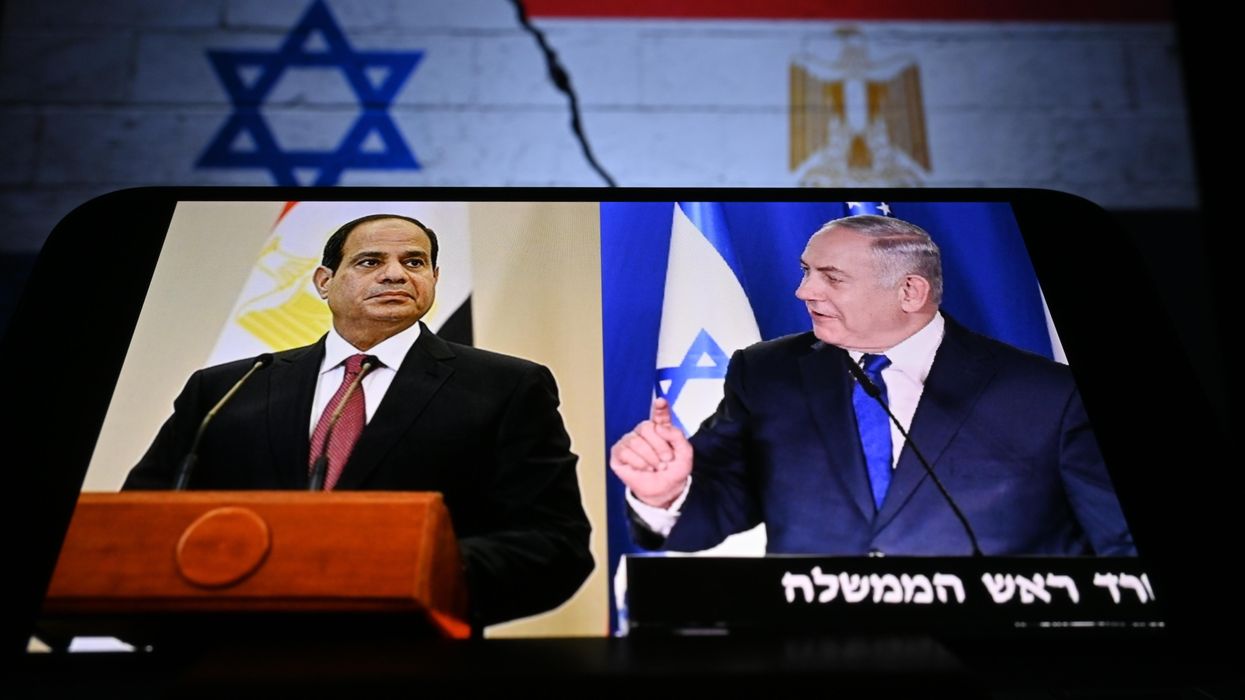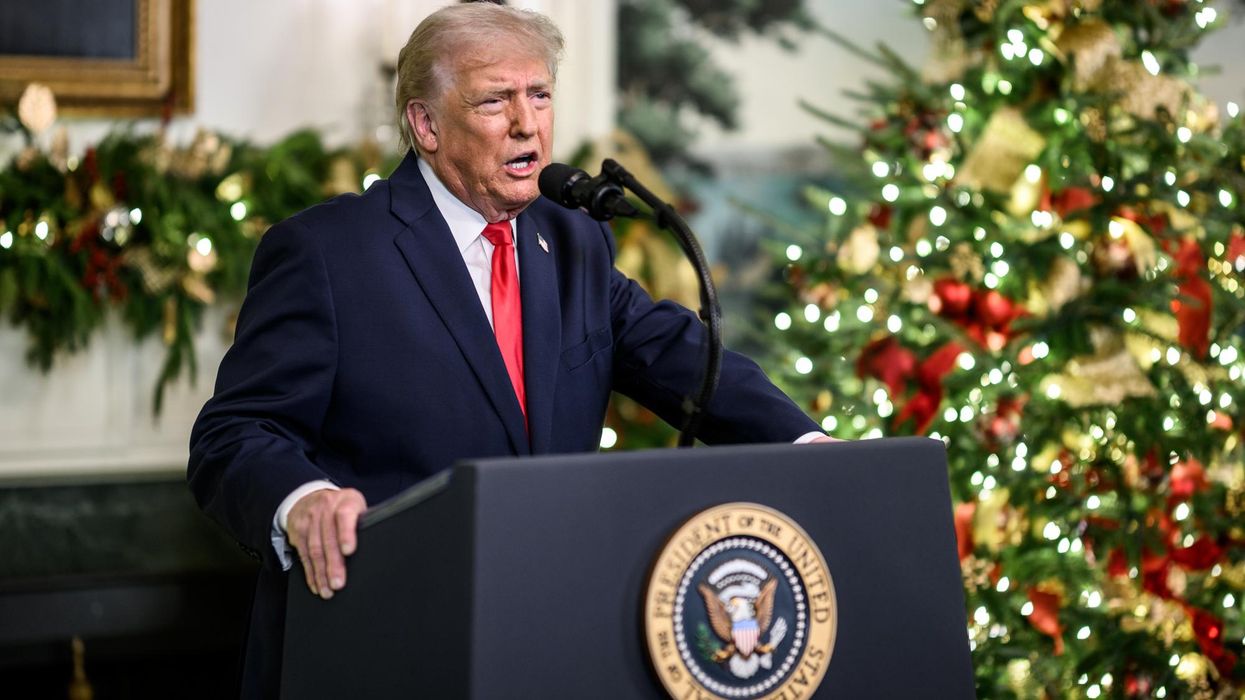On November 9, French President Emmanuel Macron announced the end of Operation Barkhane, France’s eight-year-old counterterrorism mission for the Sahel.
What comes next for France’s military posture in West Africa remains vague. Meanwhile, the Sahel slides further into chaos, but it is doubtful that open-ended French deployments could have prevented that slide indefinitely — and in any case, France wore out the political welcome that would have been necessary to sustain its deployments. Few in Washington will be celebrating Barkhane’s end, but neither should they overstate Barkhane’s successes, all of which proved fleeting.
Macron, presenting France’s new National Strategic Review in a speech before cabinet ministers and top military brass in the city of Toulon, said that France has no “calling to remain engaged, without time limits, in exterior operations.” For that reason, he explained, he was ending Barkhane. France will now pivot to a country-by-country approach “according to the needs that will be expressed by our partners: equipment, trainings, operational partnerships, accompaniments in strategic duration and closeness.”
What this means is open to interpretation. France appears relatively eager to continue working with the West African countries, such as Niger, that continue to welcome it. The Strategic Review itself alludes briefly to the jihadist threat that motivated Barkhane in the first place, predicting that jihadism will remain a problem for the next decade, provoking crises “for which military responses, in support of local partners, will still be sought.” There may ultimately be more continuity than change in France’s military posture in West Africa and the Sahel.
The collapse of Barkhane came about due to political friction between France and Mali. French forces entered Mali, a former French colony, in 2013 to disrupt jihadists who had conquered territory in Mali’s north and were advancing into the center of the country. After the initial disruption of jihadist control, France launched Barkhane to combat jihadism across the region. Barkhane was, at its core, an assassinations program, eliminating — with a fair amount of success — top jihadist leaders.
Yet jihadist violence rose and expanded within Mali and into parts of neighboring Burkina Faso and Niger. Anti-French sentiment surged in all three countries. Critics charged that France had failed to bring security and had come to play a neocolonialist role in propping up unpopular leaders; conspiracy theorists claimed that France itself abetted insecurity and played double games. Both the legitimate criticisms and the conspiracy theories made French forces increasingly unwelcome. After France’s main partner in Mali, President Ibrahim Boubacar Keita, was toppled in an August 2020 coup, France tried to feel its way along with the new military authorities, but their even more brazen follow-on coup in May 2021 led to the unraveling of the relationship. The Malian junta lashed out at France, openly pursued a partnership with Russia and the Kremlin-linked Wagner Group, and defied regional and international demands for a swift timetable for returning to civilian rule.
Barkhane’s absence has been blamed for rising levels of jihadist violence in Mali in 2022. The Malian military and Wagner Group personnel have not been able to halt that violence and indeed have enflamed it further — Wagner is now a key military and propaganda target for some Malian jihadists. The current situation is particularly grim in the Gao and Menaka Regions of northeastern Mali, where a branch of the Islamic State, usually referred to as the Islamic State in the Greater Sahara (ISGS), has been waging a major offensive against militias and civilians since March of this year: hundreds have been killed, thousands have been displaced, key roads have become nearly impassable due to robberies and kidnappings, and Islamic State fighters control significant swathes of territory.
France has assassinated and captured numerous ISGS leaders in Mali since the emergence of the ISGS there in 2015. It is possible that sustaining the tempo of raids on the Islamic State would have prevented or at least dented the current offensive. Over the long term, however, French raids clearly had no long-lasting effects on ISGS capabilities; France killed the group’s founder in 2021 and captured a key commander as recently as June 2022, even amid the current ISGS offensive.
Notably, France lacked a serious strategy for transforming its campaign of raids into a political solution for the problem of ISGS or of Sahelian jihadism more broadly. ISGS gained and continues to gain its momentum from both deep-rooted problems, such as a regional crisis of pastoralism, and from more proximate triggers, including France’s unwitting contributions to unleashing ethnic tensions in the Mali-Niger borderlands when France partnered with two militias to fight ISGS in 2018. France never found a way to address the underlying drivers of violence or to undo its own miscalculations, and likely wouldn’t have been able to do so even with another decade of warm welcome in Mali.
Neither Barkhane nor Mali’s current attempt to harness Wagner’s brutality have represented a viable path; nor has outsourcing the fight against ISGS to ethnic militias or even outsourcing the fight to other jihadists. Notably, civil society groups in the Gao Region are calling for Malian authorities to step up and provide greater security — Gao’s civil society does not call for Barkhane’s return. Quite the contrary: there were anti-Barkhane protests in Gao in August.
What would be best for Mali now would be for the authorities to sever their ties to Wagner and take decisive ownership over the problem. That outcome appears unlikely, which leaves vast stretches of northeastern Mali at the mercy of ISGS’s predations. And if ISGS escalates to a new level of control in the region, it could eventually prompt renewed foreign intervention, for example in the form of a Western-backed push by African militaries — a prospect the United States government should approach with serious caution. In a recent brief for the Quincy Institute, I argued that the United States government can do little in the short term except to mitigate the humanitarian fallout from the Sahel’s myriad crises. If Mali’s government is unwilling or unable to provide security, the United States can at least help those Malians who are voting with their feet.
Sooner or later, calls for renewed military intervention in the Sahel will come around again. Some degree of military action will be needed to combat current jihadist onslaughts in northeastern Mali, but this time it should come organically from the governments in the Sahel itself (the G5 Sahel Joint Force, a French-backed attempt to generate a regional force starting in 2017, quickly slid into irrelevance due to its inorganic character). Moreover, the United States should not back any military efforts in the Sahel — even ones generated by the region’s own governments — unless they are accompanied by serious plans to address the root causes of conflict and serious plans to pursue dialogue with any conflict party that is willing to negotiate.
















